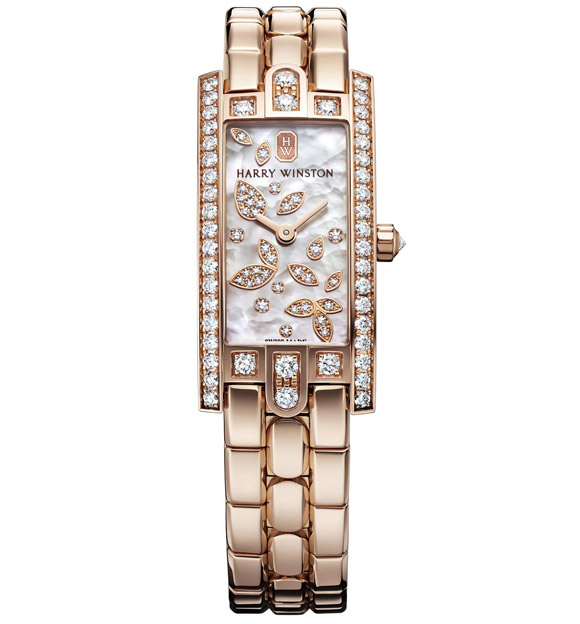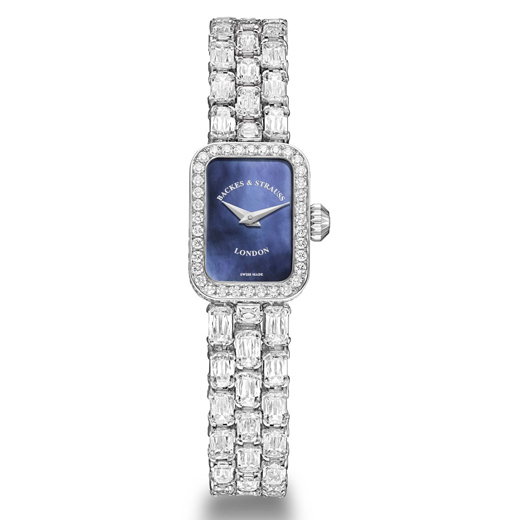Few watch companies actually use precious stones as an emblem and there are good reasons for such rarity. This is not only a matter of remaining consistent with their product image, but also because transforming a precious stone into an iconic brand symbol is a daunting feat. Doing so calls for a clever marketing strategy and often also involves a lengthy and complex development process.
43 facets of one star
In 2006, on the occasion of its 100th anniversary, Montblanc became the very first luxury brand to have a patented diamond as an emblem. No less than eight years of work were required to create this now legendary diamond star whose 43 facets adorn the brand’s jewellery creations as well as the crowns of its precious watch models.

At Century, the brand emblem takes the form of a hand-cut and polished sapphire crystal. It was in 1967 that Century unveiled the very first watch featuring a sapphire case. 10 years later, in 1977, Hans U. Klingenberg presented two innovative construction systems – “Megalith” and “Monolith” – serving to produce reliable and sturdy cases. Depending on the model, the latter are cut from a single sapphire or built by the highly technical assembling of two sapphires. Ever since, each Century watch has been adorned with the famous eponymous sapphire that sparkles with stunning purity. Sapphire is also very resistant and light, thereby guaranteeing excellent comfort on the wrist.

From the Mauryan dynasty to watchmaking
Precious stones obviously occupy a central place in the history of Harry Winston. The Jonker, the Lesotho and the Taylor-Burton are just some of the legendary names that have contributed to forging the reputation of the “king of diamonds”. But it is above all an instantly recognisable gemsetting technique that serves as the signature of the jewellery and watchmaking House. The cluster technique assembles various diamond cuts – brilliant, marquise and pear – to create a sensual and unique motif that the brand interprets in countless different ways through its jewellery creations. Cluster setting also inspires its ladies’ watches, such as the Lily Cluster.

More recently, Backes & Strauss brilliantly distinguished itself by presenting the Royal Ashoka collection highlighting an exceptional diamond-setting technique based on an original cut unveiled by William Goldberg. This is the very first time that a watch brand is using this 62-facet diamond cut. Its name is inspired by the legendary 41.37-carat diamond discovered in an Indian mine, itself named after the Emperor Ashoka who reigned over India’s Mauryan dynasty between 274 and 232 BC. While Backes & Strauss is the first watch brand to use the Ashoka diamond, does that mean that the public at large will definitively consider it part and parcel of the brand image? While it would be presumptuous to go that far, one can safely assume that informed connoisseurs will doubtless associate the English watch firm with this exceptional diamond that is both original in itself and entirely unprecedented in the watch industry.









